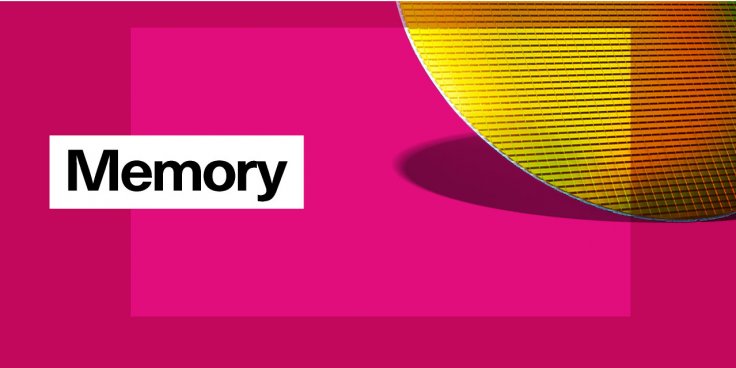As there is a huge need for memory capacity and density to boost performance in times of cloud storage, HDD was replaced by SSD form-factors. Now, something with higher performance is coming.
Japanese company Kioxia is looking to deliver a faster and cheaper solid-state storage solution to cloud customers. It is called wafer-level SSD.
The starting capacity of the new tech is 50 TB that uses current 3D QLC NAND, offering unbeatable performance. Conventionally, the manufacturing methods included dicing, assembly, chip packaging and SSD drive assembly. But Kioxia will skip all these processes and, instead, uses a whole wafer with 3D NAND.
One can simply mount an entire wafer to deliver huge data storage and high performance.

The wafer would be probed using Kioxia's 'super multi-probing technology' that discovers and disables faulty 3D NAND dies. It is attached to a pad with I/O and power connectors. As a whole it should be operated in parallel, so as to extract maximum sequential and random Input/output operations per second (IOPS) performance, reported Tech Radar.
What's the Difference?
Now, SSDs are limited by form-factors and chip packaging technologies, while performance boundaries are defined by controllers like the NAND channels and the ability to perform other necessary operations quickly along with the PCI Express interface.
But on a wafer level, one can get an extreme number of NAND channels and the interface would have the ability to deliver up to 128 GB/s of bandwidth. The multi-channel "monstrous" SSD will enable IOPS in millions.
It Would Be Out Soon
While describing the concept of wafer-level SSDs in a VLSI Symposium 2020, Kioxia's chief engineer Shigeo Oshima said that the device would hopefully come out soon.
However, the company currently produces 1.33 TB 96-layer 3D QLC NAND chips while delivering up to 132 MB/s. But in the case of the new concept, approximately 355 dies fit on a 300-mm wafer, enabling the yield rate of approximately 90 percent.









